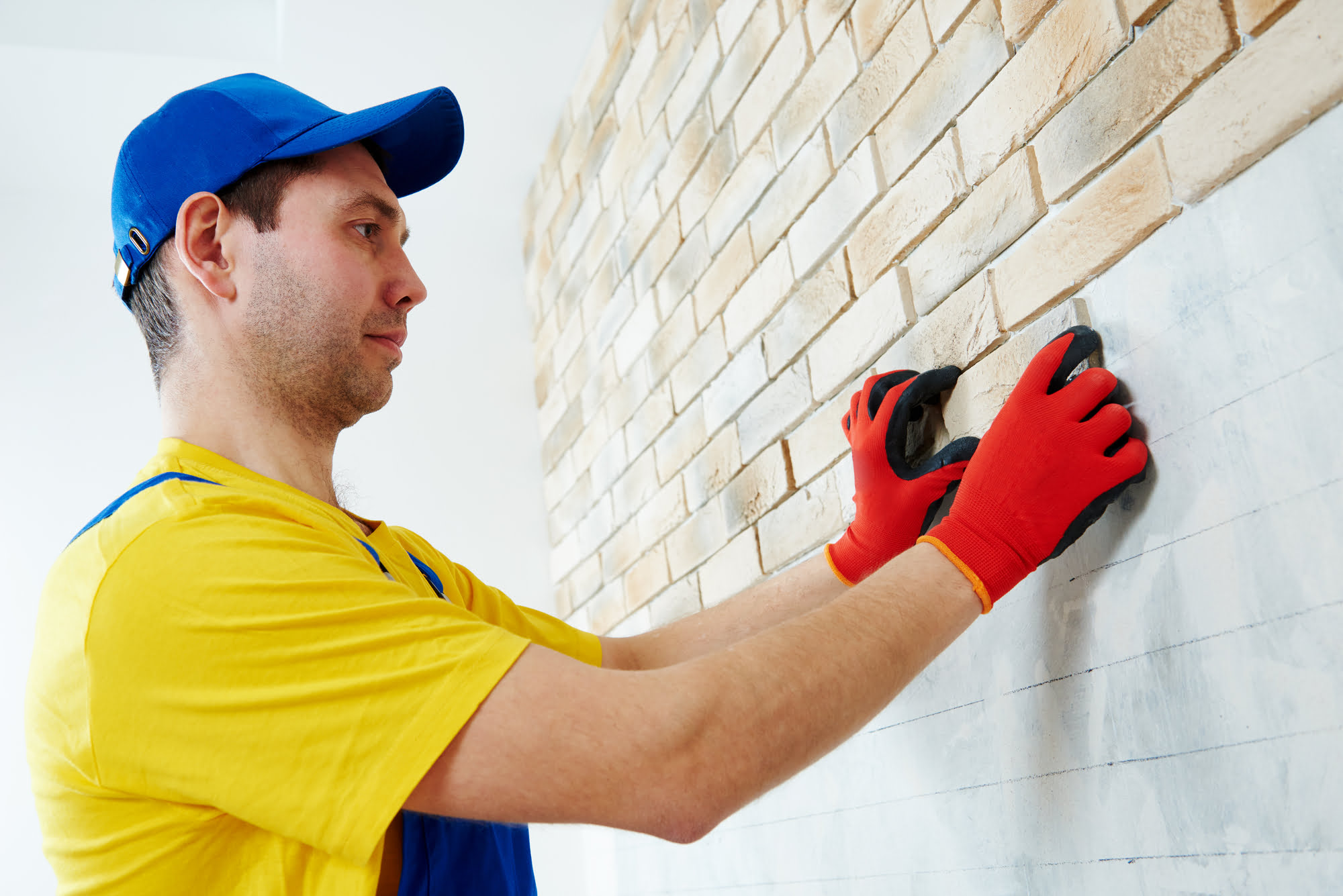Updated by Andrew Mackintosh, 2024. When I’m inspecting a home with brick veneer, I look for two key things – is the brick veneer in good condition and free of cracks and misalignments and has it been used to “hide” potentially costly problems, like damaged asbestos or poor quality construction. After 30+ years as a Brisbane building inspector, I can spot problems with the brick veneer condition but, in many cases, knowing why the home was clad, if it was clad retrospectively, is impossible to know without major alteration to the property. So, if you’re buying a home with brick veneer, it pays to do a lot of research on the time period it was built, if other homes in the neighbourhood were built with asbestos, and if there’s been any major damage to the property in the past. There are some great benefits to a brick veneer home but, also a few key risks.
Brick Veneer is very popular in Brisbane
If you’re on the hunt for your next home in Brisbane, chances are you’ll come across brick veneer on your travels. Brick veneer (aka brick facade or brick cladding) is a kind of cladding used to improve the aesthetics, energy efficiency and durability of a home. As the name suggests, brick veneer is not a structural element of the building. So while aesthetically pleasing, it does not actually support the roof and wall structures. This isn’t to say that brick veneer homes can’t be problematic. There are signs to look out for before you buy. Brick veneer homes are quicker and cheaper to build, so it’s no wonder they’re so commonly available. The untrained eye won’t always be able to spot a brick veneer home, so it’s always best to have a trained professional perform a comprehensive pre-purchase inspection to highlight any issues before committing to a purchase.
How is Brick Veneer Attached
Quite simply, brick veneer is an outer layer – a skin, if you will – surrounding the supporting structure of a home with a small gap (2-3cm) between the layers for airflow and moisture dissipation. It is thermally efficient and cost-efficient, so is a sensible choice for builders and homeowners on a budget. It is secured to the structural frame using metal wall ties followed by a water-resistant barrier. Some homes will also include additional insulation in the wall framing for additional thermal efficiency. High-quality damp course will be installed at the base of the wall to stop rising damp and weep holes will be added to allow for air to circulate and moisture to leave the building effectively.
See Also: Weatherboard Homes, Queenslander Homes, Cracks in Walls, Cracks in VJ Walls, Load Bearing Walls, Brick Vs Timber, Weep Holes, Efflorescence
Are Brick Veneer Cracks a sign of serious issues?
As is typical with any home over time, movement and settling of the building may cause some minor cracks to appear in brick veneer. When it comes to your home, there’s no such thing as overly cautious, so bringing in a trained eye to identify if a crack is serious or not is an excellent idea. Serious cracks can have serious consequences – including major damage to the veneer, or water penetration.
Your building inspector will be looking at:
- The state of the plasterboard opposite to the external cracks (do they mirror each other?)
- The alignment of the doors and windows
- Any separation between the ceiling, floors, and walls
If any major flaws are identified, a structural engineer should be your next logical call.
How do you fix cracks in brick veneer?
If the cracks have been identified as cosmetic, you may wish to call in a specialist, or possibly even attempt to repair them yourself. Leaving cracks as they are can be unsightly and could invite further deterioration, so a proactive approach is best.
To repair superficial cracks:
- Remove the old mortar using a raking bar or chisel and hammer (being mindful not to penetrate the air cavity too deeply – 1.5-2cms only!).
- Spray your wall with water to ensure the existing wall doesn’t suck up all the moisture from the new mortar. This would result in the same place cracking all over again.
- Once your mortar is mixed and colour matched, take a brick jointer and push the mortar into the joints – make sure you don’t leave any gaps or air pockets.
- Use a wet pointer to flatten the mortar.
If this process is beyond your skillset, strongly consider engaging an experienced builder to assist you. After all, the longevity and wellbeing of your house are at stake.
More significant cracking, of a structural nature may require significant costly repairs such as underpinning.
Don’t leave it to chance. Know the flaws and potential hazards of the home of your dreams so life doesn’t turn into an expensive nightmare. Failing brick veneer is just one of hundreds of potential hazards and experienced building inspector will be looking for. Contact Action Property Inspections today to arrange a comprehensive pre-purchase inspection so you’ll have peace of mind and the confidence to make the right decision on your next purchase.

